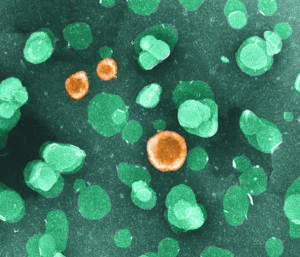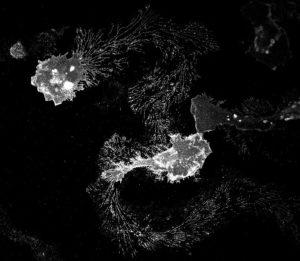About
Cell-cell communication is essential for the development and function of all biological systems from single cell organisms to multicellular tissues. Extracellular vesicles (EVs), including exosomes and microvesicles, are small lipid enclosed carriers of bioactive proteins, lipids, and nucleic acids. Only recently discovered, there is emerging recognition that EVs play a fundamental and evolutionarily conserved role in cellular communication. EVs control a wide range of behaviors and provide a mechanism of communication between cells, organs, organ systems, and organisms. Moreover, because EVs are found in all body fluids, the EV-profile of an individual represents a snapshot of health and disease. Thus, EVs are good candidates for a new form of liquid biopsy, especially given their critical role in a wide range of disease processes including cancer metastasis and neurodegenerative disorders. Conversely, considering the innate ability of EVs to deliver cargo, they are increasingly considered as natural therapeutic delivery vehicles.

